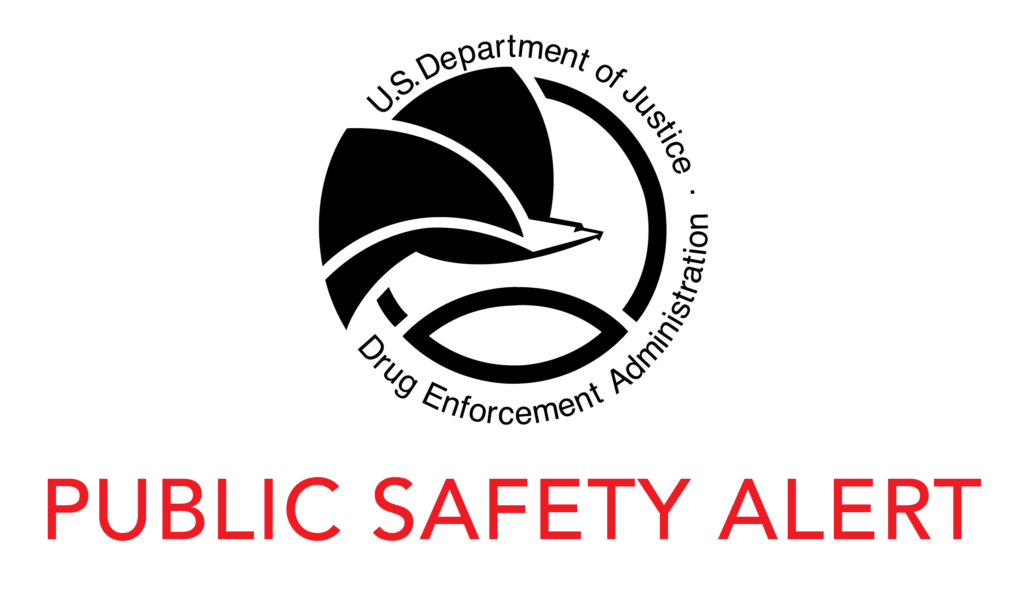It’s been six years since the U.S. Drug Enforcement Administration issued a Public Safety Alert. Six years. That means the DEA only does such a thing when it has good reason. Well, it’s got good reason now. Damn good reason. 93,000 American overdose deaths. And largely on account of fake prescription pills.
Indeed, on Monday the DEA issued a Public Safety Alert regarding the sharp increase in fake prescription pills flooding the country, largely because most of those counterfeit meds contain fentanyl and/or meth. Worse, there’s generally enough fentanyl in just one pill to kill someone.
When the DEA last issued a Public Safety Alert it was because fentanyl was increasingly being found in heroin across the country. And that too had led to a sharp increase in overdose deaths. These new numbers, however, are beyond astonishing.
“We decided to do this because the amounts are staggering,” DEA Administrator Anne Milgram told The Washington Post. “We are in the midst, in my view, of an overdose crisis, and the counterfeit pills are driving so much of it.”
The Post piece, by Devlin Barrett and Elizabeth Dwoskin, also included an interview with Dr. Jack Westfall, who said people, particularly young people, too often believe that “a pill purchased online must be made in a reputable lab somewhere and, therefore, must not be too dangerous.”
“People may look at them and think it looks like a Percocet, and then even if they hear it’s got fentanyl, they still think it’s safe,” said Westfall, who’s the director of the Robert Graham Center for Policy Studies in Family Medicine and Primary Care. “But they are fake. And there’s no way to know how much of that substance is in it.”
Just Like Real Meds, Only Deadly
The counterfeit medications are indeed picture-perfect knock-offs. So good in fact that even a practiced pharmacist (or addict) might have trouble identifying them. They concern some of the most popular prescriptions on the market too. (Or on an addict’s wish list anyway.)
We’re talkin’ oxycodone (Oxycontin, Percocet), hydrocodone (Vicodin), and alprazolam (Xanax), as well as amphetamines such as Adderall. And again, we’re also talking about doses so strong that even one pill can kill.
In fact, One Pill Can Kill is the name of the public service campaign that coincides with the DEA’s Public Safety Alert. Unfortunately, as Dr. Westfall noted, in many cases it doesn’t even take one whole pill.
A Santa Clara, California medical examiner “was worried two teenagers had both overdosed on pills,” he recalled. “The two teenagers thought they were taking a Percocet, so they each took half a pill. And even half was a lethal dose.”
And just like that, two more young Americans get ripped from the world — and ripped from the families and friends which held them dear.
Public Safety Alert
Deadliness isn’t the only factor compelling the DEA to issue its Public Safety Alert. There’s also the ease in which these fake pills are making it into the hands of the abuser. No longer does a prospective client have to cross the tracks into a shady part of town or meet their dealer down a dark alley. Now they can order the drugs straight from their phone.
Yep, and it’s all done courtesy of social media. In fact, back in 2018 Dwoskin investigated the phenomenon for The Post. There the reporter uncovered an open marketplace driven by algorithms and exploited by a vast cast of nefarious players.
Hashtags “such as #oxy, #percocet, #painkillers, #painpills, #oxycontin, #adderall and #painrelief revealed thousands of posts by a mash-up of people grappling with addiction, those bragging about their partygoing lifestyle and enticements from drug dealers,” wrote Dwoskin. And “following the dealer accounts, or even liking one of the dealer posts, prompted Instagram [to fill] up a person’s feed with posts for drugs.”
Furthermore, “ads from some of the country’s largest brands, including Target, Chase and Procter & Gamble, appeared next to posts illegally selling pills.” That certainly lent the enterprise an air of authenticity. It must have. The overdose numbers are too high to have happened without some seemingly social assurance.
Instagram did step up though; becoming more restrictive, as well as blocking the hashtags #oxy, #oxycontin, #adderall and #painpills. Yet the problem persisted. “Of the 40 drug-dealing Instagram and YouTube accounts identified in 2019,” the Digital Citizens Alliance and the Coalition for a Safer Web consequently found that “just 10 had been independently removed.”
“If [the tech companies] were really doing a full-court press, we wouldn’t keep finding what we are finding,” GiPEC‘s Eric Feinberg told the Post then. That’s probably why the hotshot cyber-intelligence investigator is still on the case now.
Scarier still, much of the illicit action has now gravitated to Snapchat and TikTok, platforms with far more impressionable users.
One Pill Can Kill
Healing Properties applauds the DEA’s One Pill Can Kill Campaign. We also thank them for issuing a full-on Public Safety Alert attesting to the counterfeit pill problem. Now if only folks would heed the dire warnings. Six years ago folks treated the fentanyl-laced heroin alert as if it were some sort of an existential warning. It would be sheer suicide to make that same mistake twice. This ain’t some warm scare to help lull you to sleep. Not even close. In fact, it’s about as in-your-face as bang-your-dead gets without a gun. It needs to be taken as such. Remember, these days killers don’t need pistols — they’ve got fentanyl.
